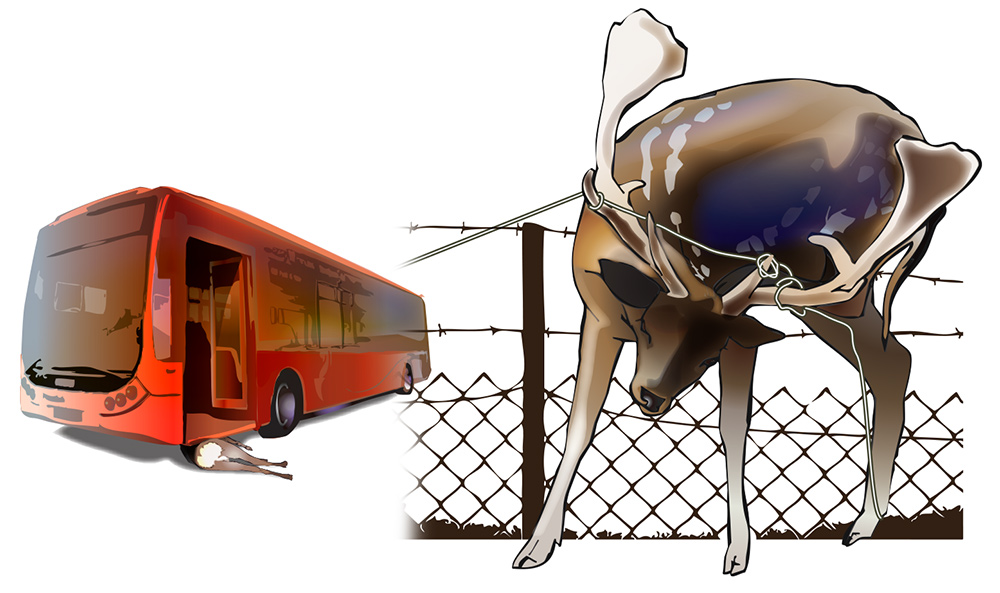
Aim
The aim of this guide is to provide practical guidance when responding to situations involving deer in and around towns.
Situations
Category A – Emergency – A deer, or deer, pose an immediate danger to members of the public or vehicular traffic.
Category B – Urgent – potential impact on deer welfare and public sensitivity – Deer trapped or appear trapped within enclosed / fenced area, free to move around. Loose in a built up area
Category C – Long term – Resident in urban fringe, country parks, industrial development sites, community woodland projects.
Hierarchy of Responsibility
Police must be notified in all Category A situations
Process of communication
Category A : Police
Appointed individual
Category B : Landowner
SSPCA, SNH, DMG, Appointed Individual
Category C : ***Refer BPG Planning guide
For Category A & B situations consider:
Category A : Police lead euthanasia in situ
Category B : see “Possible Solutions” above.
Possible solutions (with associated consideration)

Release (set free)
- any injuries to deer
- any risk to public safety
- legal implications of release outwith home range
- trauma/stress/injury to deer
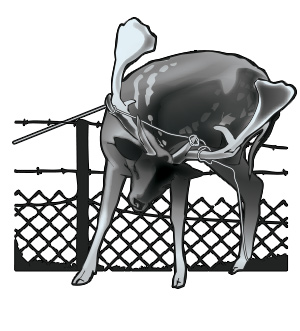
Rehabilitation (restore to good health)
- extent of any injury/illness with deer
- risk of personal injury
- trauma/stress/further injury to deer
- BPG does not support the rehabilitation of any deer species

Dispatch (put to death)
- Refer: BPG Humane Dispatch (1)
- Refer: BPG Humane Dispatch (2)
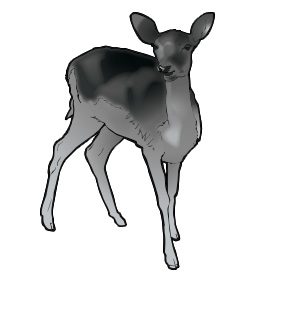
Relocation (remove to different location)
- impact on deer welfare, particularly with territorial species (roe)
- legal implications of release outwith home range
- risk of personal injury
- trauma/stress/injury to deer
- BPG does not support the relocation of any deer species
For any of the prescribed actions a Risk Assessment process should be followed that identifies where potential problems lie and how these should be addressed. The cost of the action will be the responsibility of whoever has taken the lead role.
Operational Guidance
Lethal Control
For non emergency situations and where the decision by land owner / manager is to carry out control using firearms.
1) Assessment of site
- Carry out risk assessment - ***Refer BP Risk Assessment
- Identify land boundaries
- Identify safe shooting areas / backstops
- Assessment of public usage and habits – dog walkers / cyclists
- Notify neighbouring land owners / managers/ police
- Produce DMP – *** Refer BP Planning
2) Equipment
- Use smaller higher velocity bullets to reduce noise levels – note calibre / bullet type & design must be legal: Bullet design should minimise risk to deer welfare and risk of ricochet
Legal requirement for Roe deer *** Refer BPG Firearms: Rifles & Ammunition (1) - Use a sound moderator
- Use a rifle cover and equipment bag for the transportation of ammunition and knife
- It is advisable not to wear camouflage clothing
- Use a deer sack for discreet carcass & gralloch disposal, put carcass into vehicle as soon as possible.
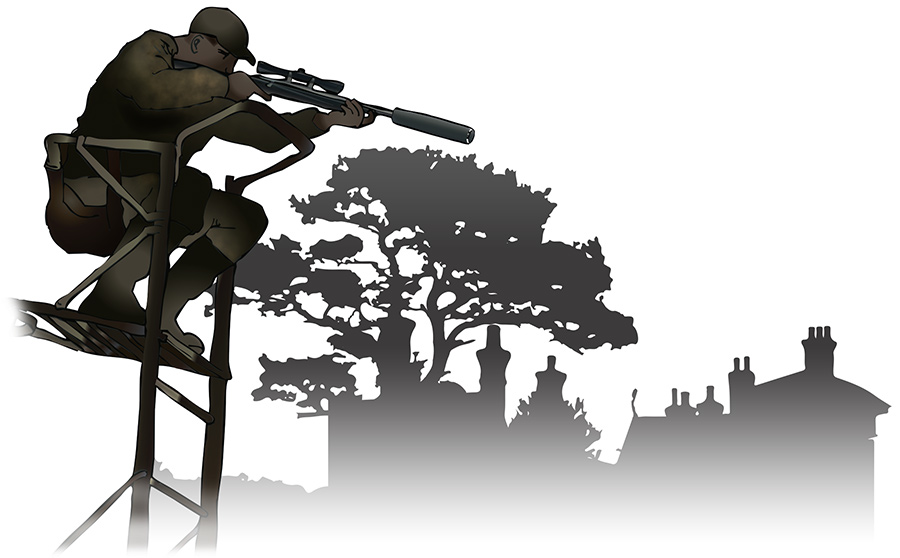
3) Highseats
Portable high seats are useful and less prone to vandalism / theft / risk of injury to unauthorised users *** Refer BPG High Seats
- Position high seats in areas to avoid public confrontation

4) Public interaction
- To engage effectively you need the following skills:
- Knowledge of likely public perception of legitimate / illegitimate firearms use
- Clear understanding of why deer management is required
- Engage in a polite and open fashion and be aware of public perceptions of ethics of lethal control
- Clear understanding of what previous levels of culling have taken place
- Avoid confrontational situations at all times in particular when in possession of firearm
Possible situations –
- 1) Member of public walking dog
- Group of youths having a camp fire and party
- Criminal activity in relation to anti social behaviour
- Mitigating actions: Inform police of intent to stalk and where. Keep firearms covered wherever possible. Carry all licences and permissions on person.
Each situation will command a different level of response and engagement.
5) Signage
A balance is needed between discrete deer control and providing information to other land users. Suitability will vary on: site, level of public access, potential for controversy, media interest.
- Permanent deer management information signs at parking areas/ main access points
- Avoid the use of temporary signs when stalking is in progress.
Engage with Local Authority/ Community Council to raise awareness.
6) Taking the shot
- Where bullet placement pins the shoulder the deer is less likely to run any significant distance. This is suitable for high public access areas where there is an increased risk of dead deer being seen.
7) Follow up
- *** Refer BPG Reaction to Shot & Follow Up & Humane Dispatch.
8) Gralloching
- Consider site and visual impact on bystanders. If less than 30 minutes from a larder remove whole carcass and gralloch off site.
If more than 30 minutes from a deer larder, gralloch in situ and bag / remove all by-products from site.
Legal implications
***Refer BPG Firearms: Rifles & Ammunition (1)
***Refer BPG Humane Dispatch (1)
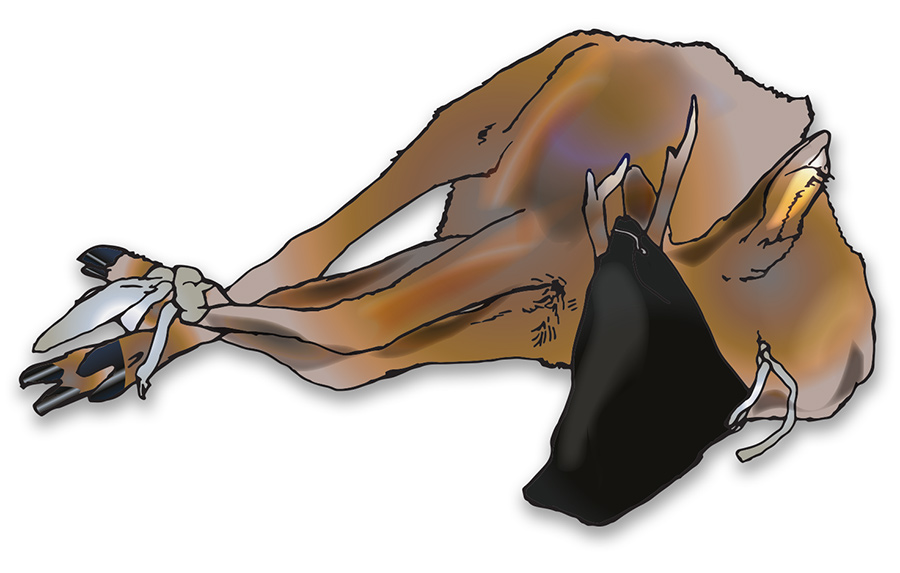
Release, Dispatch, Rehabilitation, Relocation
Release (set free)
Live Capture
- more agreeable to general public
- risk of personal injury
- stress/trauma/ injury to deer
- time consuming
- requires skilled individuals
Darting
- lack of noise
- more agreeable to general public
- requires highly skilled/licenced person
- risk of personal injury
- health risk from associated chemicals
- stress/trauma/ injury to deer
Dispatch (put to death)
Darting
- lack of noise
- more agreeable to general public
- requires highly skilled/licenced person
- risk of personal injury
- health risk from associated chemicals
- stress/trauma/ injury to deer
- safe disposal of carcass
Shooting/ other lethal control
- Ref: BPG Humane Dispatch (1) and (2)
Lethal injection
- lack of noise
- more agreeable to general public
- discrete
- high cost
- requires highly skilled/licenced person
- risk of personal injury
- safe disposal of carcass
Rehabilitation (restore to good health)
Relocation (move to different location)
BPG does not support rehabilitation or relocation of any deer species
